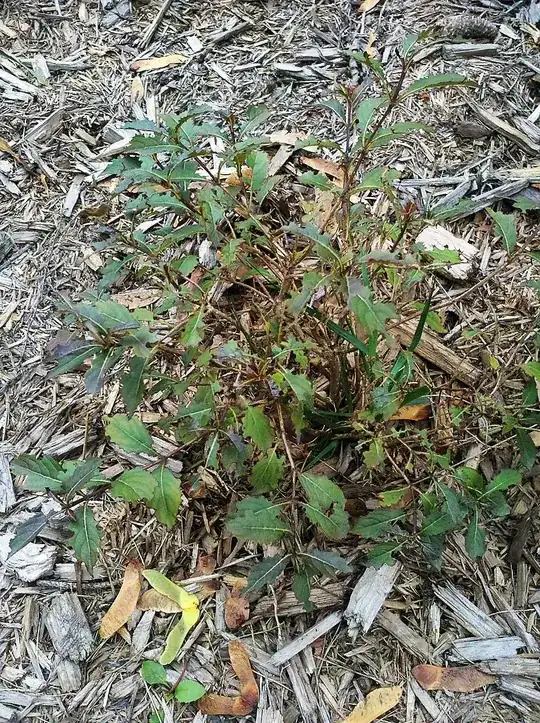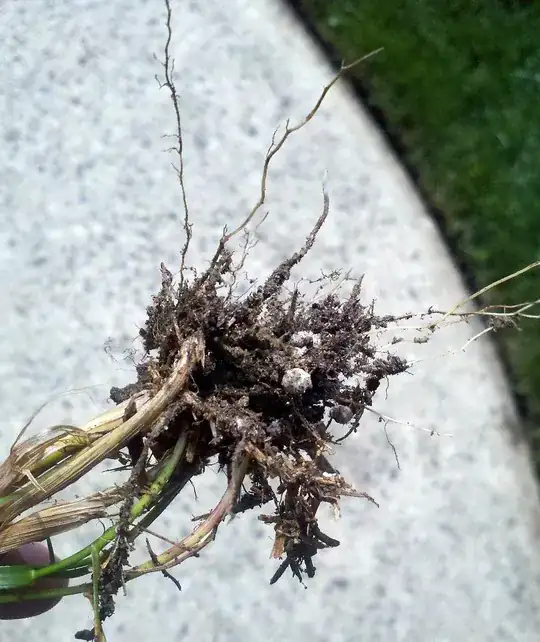I planted some Fine Wine Weigela shrubs last fall. They seemed to be doing OK over spring then in the summer they took a turn in the wrong direction.
They lost their color and are a light green. Many of the leaves have torn edges. One is doing worse than the other and there's also a siberian iris planted nearby with similar damage to the edges and stunted growth while others do not have that problem.
I first noticed it after a heat spell in the summer. Thought it might be a lack of water but due to the heat but the damaged leaf edges made me think it might be insects. I haven't seen any bugs on the tops or bottoms of the leaves. I sprayed with neem oil just in case.
Here are some pics. I boosted the contrast and sharpness a bit because it's hard to see the plants against the mulch.


This unwanted grass plant was growing right by the stem of the plant. I pulled it out and inspected the roots. There were a few white round things attached to the roots. I thought they might be grubs but I poked them with a stick and they crumbled into powder. The area has been treated with milky spore disease for grubs if that makes a difference. Here's a picture of the grass roots.
Edit: I think I'm seeing things. This is most likely the perlite from the soil the weigela came in.
